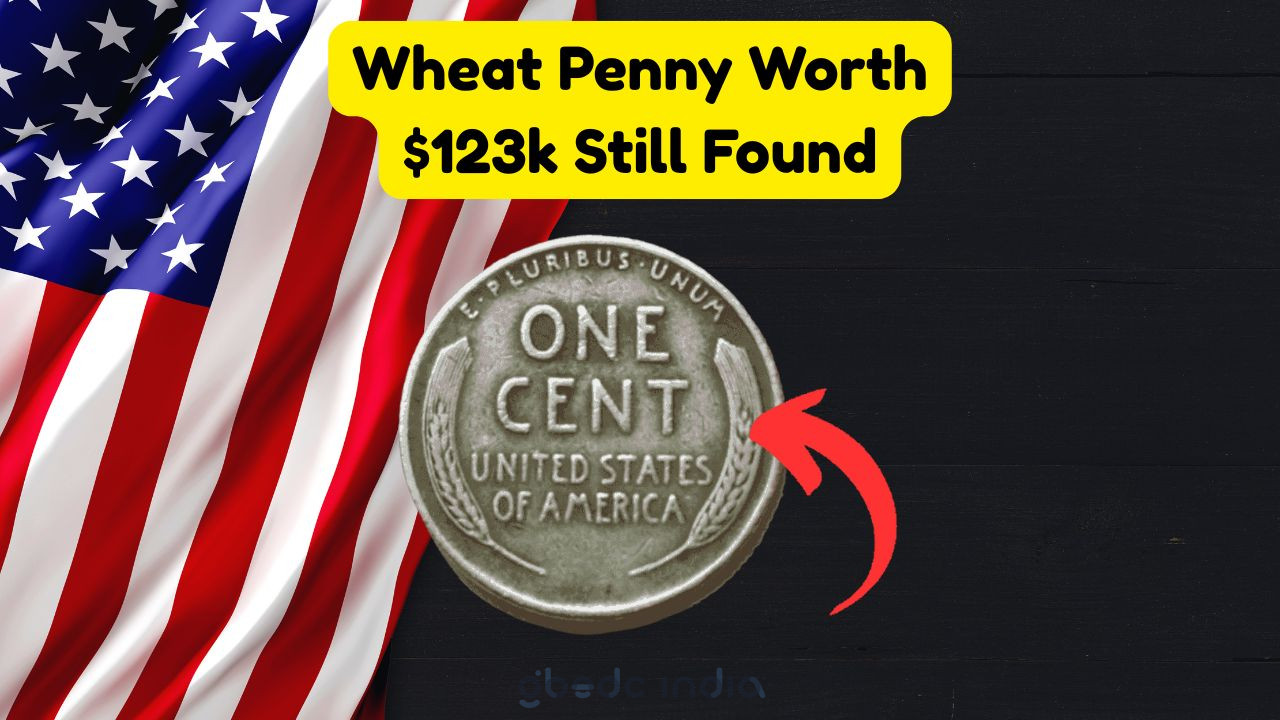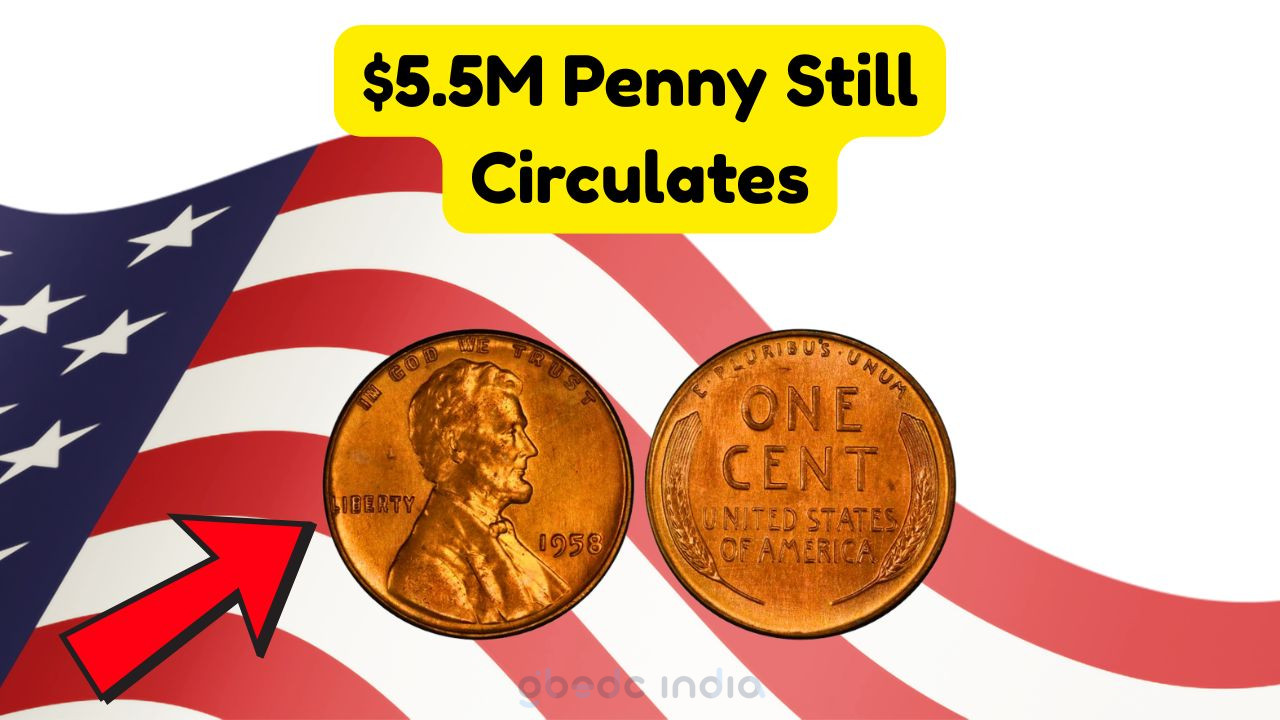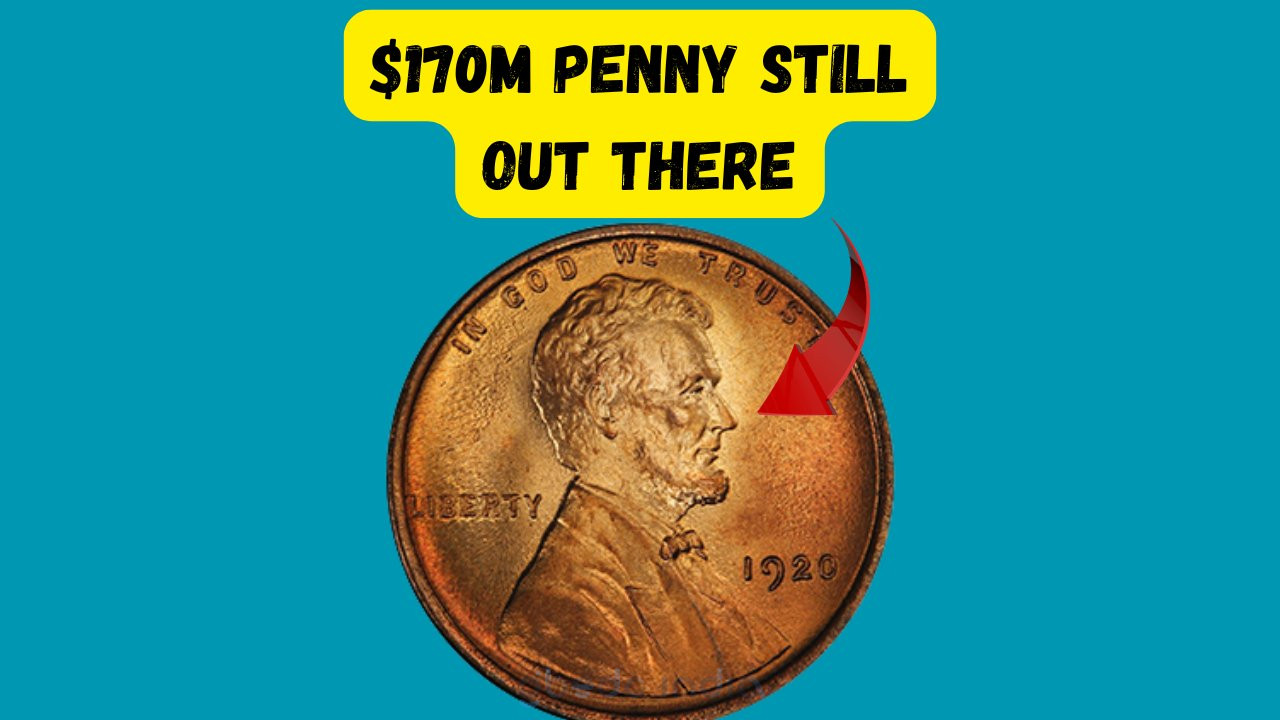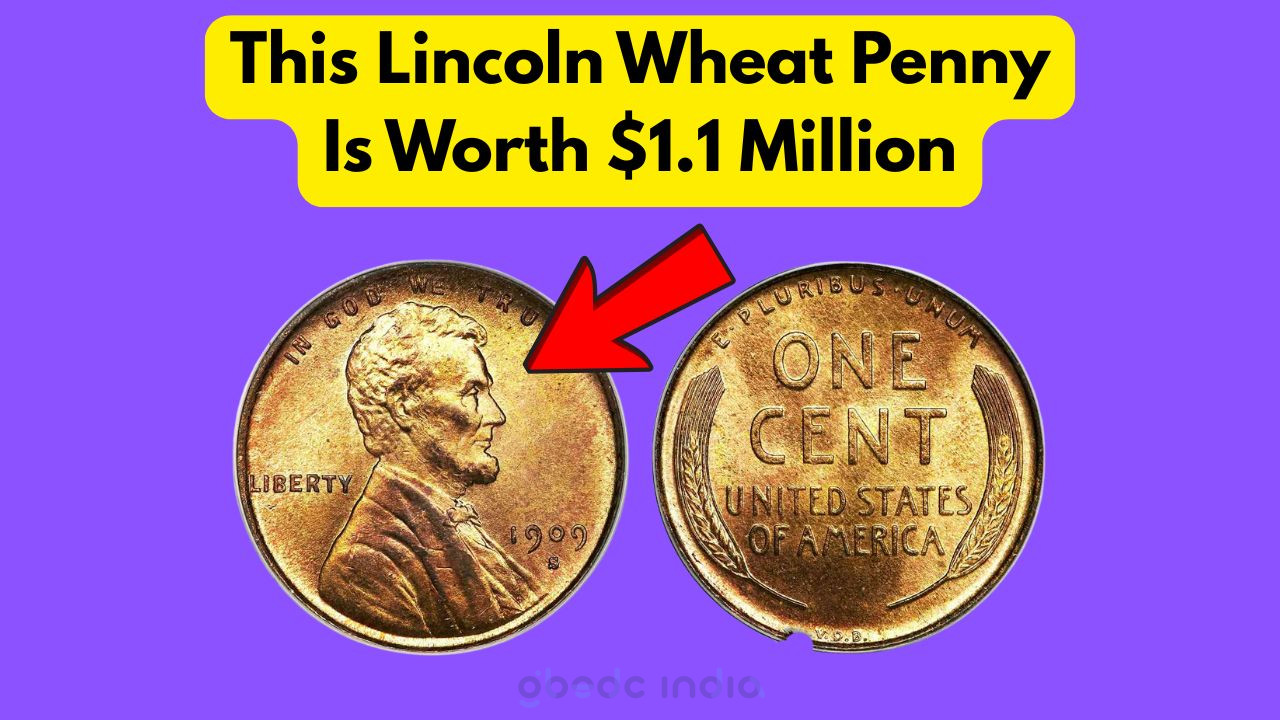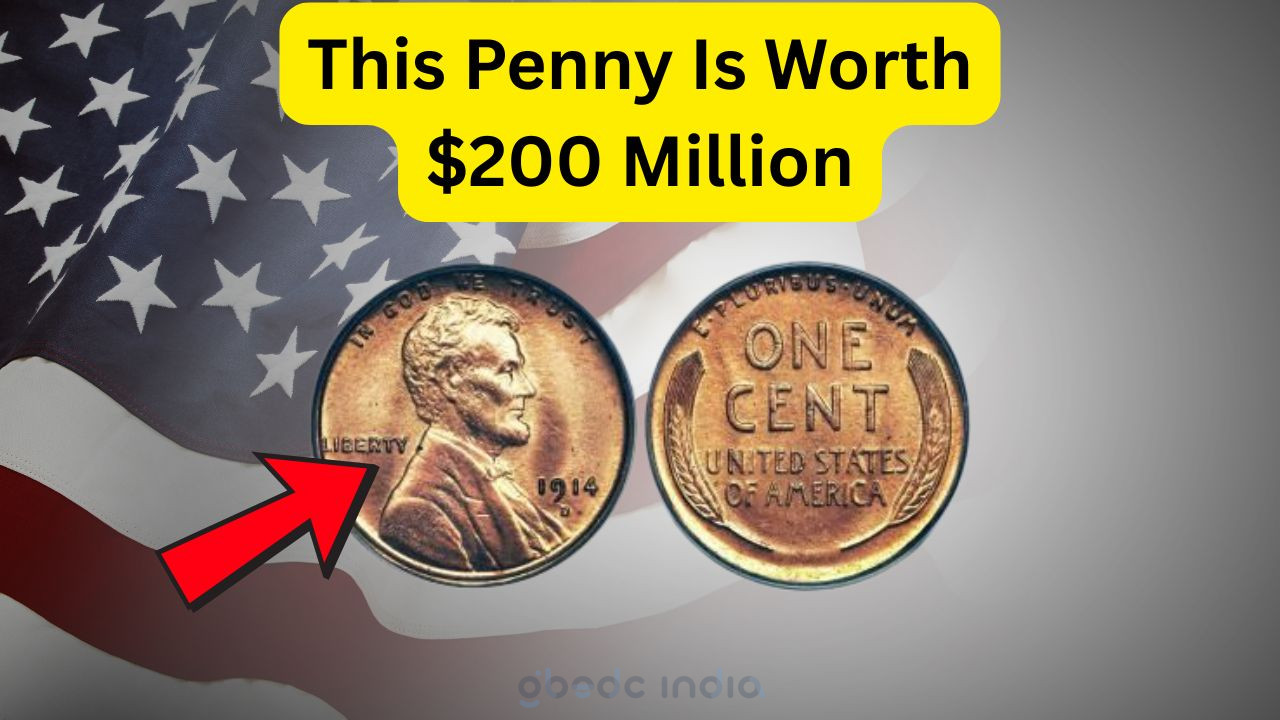Lincoln Wheat Penny: Imagine discovering a small fortune hidden in plain sight. For many, the Lincoln Wheat Penny is just an everyday coin, but in the world of numismatics, these pennies can be worth a surprising amount, sometimes as much as $123,000. Let’s delve into what makes these coins so special and how one might go about discovering such a treasure in their own pockets.
History of the Lincoln Wheat Penny
The Lincoln Wheat Penny, first minted in 1909, holds a special place in American coinage. It was introduced to commemorate the 100th anniversary of Abraham Lincoln’s birth, marking the first time a real person appeared on U.S. currency. Designed by Victor D. Brenner, the coin features Lincoln’s profile on the obverse and two wheat stalks on the reverse, symbolizing prosperity.
- Significance of 1909: This was the year of Lincoln’s centennial, making the coin an instant hit.
- Design elements: The wheat ears on the reverse were intended to represent abundance.
- Material: Initially made of 95% copper, the composition changed during war periods.
- Rare variations: Certain minting errors or variations, like the 1943 copper penny, are highly sought after.
- Discontinuation: The wheat design was replaced by the Lincoln Memorial design in 1959.
- Collector’s appeal: Its historical significance and unique design make it a favorite among collectors.
- Value increase: Over time, these pennies have appreciated significantly in value.
Valuable Lincoln Wheat Pennies
While most Lincoln Wheat Pennies in circulation are worth only a few cents, certain variations can fetch a hefty sum. The key to determining the value of a coin lies in its rarity and condition. Coins that were minted in small quantities or have unique characteristics are often valued the highest.
- 1909-S V.D.B.: Known for its low mintage, making it a key coin for collectors.
- 1914-D: Another rare find, with limited numbers produced.
- 1922 No D: A minting error that omitted the Denver mint mark.
- 1943 Copper Penny: A rare error where a few were mistakenly struck in copper instead of steel.
- Condition matters: Coins in mint condition or with minimal wear are more valuable.
How to Identify a Rare Lincoln Wheat Penny
Identifying a rare Lincoln Wheat Penny requires a keen eye and some knowledge of coin grading. Collectors often use a magnifying glass to inspect details like the mint mark, date, and condition. Mint marks, which indicate where the coin was produced, can be found below the date on the coin’s obverse side.
- Mint marks: Look for “S” (San Francisco), “D” (Denver), or no mark (Philadelphia).
- Check the year: Certain years are more valuable due to lower minting numbers.
- Inspect for errors: Double-die errors or missing details can increase value.
- Use a coin guide: Reference books or online resources can provide valuable information.
- Seek professional grading: A certified grading service can authenticate and assess your coin’s value.
Top Lincoln Wheat Penny Sales
| Year | Mint Mark | Sale Price | Condition | Notes | Sale Date | Buyer | Location |
|---|---|---|---|---|---|---|---|
| 1943 | Copper | $123,000 | MS63 | Unique composition | 2019 | Anonymous | New York |
| 1909 | S V.D.B. | $105,800 | MS66 | Low mintage | 2020 | Private Collector | California |
| 1914 | D | $81,500 | MS64 | Rare date | 2018 | Numismatic Dealer | Texas |
| 1922 | No D | $74,000 | MS62 | Error coin | 2021 | Coin Enthusiast | Florida |
| 1955 | Double Die | $65,000 | MS65 | Double-die obverse | 2022 | Historical Museum | Illinois |
| 1931 | S | $50,000 | MS65 | Scarce | 2017 | Private Auction | Pennsylvania |
| 1917 | P | $40,000 | MS66 | Mint condition | 2015 | Coin Collector | Ohio |
Tips for Collecting Lincoln Wheat Pennies
Collecting Lincoln Wheat Pennies can be a rewarding hobby, both financially and historically. To start, it’s important to educate yourself about the different variations and mint marks. Engaging with local coin clubs or online forums can provide invaluable insights and support from experienced collectors.
- Start with a guide: A comprehensive coin guide can be an essential tool.
- Network with other collectors: They can offer tips and help identify rare finds.
- Invest in storage: Proper storage can preserve the coin’s condition and value.
- Attend coin shows: These events offer opportunities to buy, sell, and learn.
- Keep learning: The world of numismatics is vast and continually evolving.
Where to Sell Rare Coins
Once you’ve identified a valuable Lincoln Wheat Penny, selling it can be the next step. There are several avenues available, each with its own pros and cons. Auction houses, online marketplaces, and coin dealers are popular options.
| Platform | Audience | Benefits | Fees | Considerations | Link |
|---|---|---|---|---|---|
| eBay | Global | Wide reach | 10% | Risk of fraud | eBay |
| Heritage Auctions | Collectors | Expert appraisal | 20% | Higher fees | Heritage Auctions |
| Local Coin Shop | Local | Convenience | Varies | Potentially lower offers | Coin Dealer |
| Online Forums | Enthusiasts | Direct sales | None | Trust issues | |
| Coin Shows | Enthusiasts | Direct interaction | None | Travel required |
Preparing for a Coin Appraisal
Before selling, having your coin appraised is crucial to understanding its true value. Preparing for an appraisal involves gathering all relevant information about the coin and storing it in a way that preserves its condition.
- Clean your coins: Light cleaning can enhance appeal, but excessive cleaning can damage them.
- Document history: Provide any provenance or purchase history.
- Secure transport: Use protective cases to prevent damage during transit.
- Choose a reputable appraiser: Look for certified professionals with good reviews.
- Understand the process: Familiarize yourself with appraisal methods and terminology.
Frequently Asked Questions
- What makes a Lincoln Wheat Penny valuable? Rarity, mint errors, and condition are key factors that increase a penny’s value.
- How can I tell if my penny is a rare one? Check for specific years, mint marks, and errors, and consider professional grading.
- Are all 1943 pennies valuable? Only the rare copper ones are valuable. The common steel pennies are not.
- Where can I sell my rare penny? Consider online platforms, auction houses, or local coin dealers for selling.
- How do I preserve my coin collection? Store them in a cool, dry place, using non-reactive holders to prevent damage.
Understanding the Value of Old Coins
- Rarity matters: Coins with limited production runs tend to be more valuable.
- Condition is key: Coins that are well-preserved hold more value.
- Historical context: Coins from significant historical periods or events can fetch higher prices.
- Market demand: Popular coins among collectors can escalate in value quickly.
- Minting errors: Unique errors or anomalies during production can make a coin extremely valuable.
Exploring the World of Coin Collecting
| Type of Collection | Beginner | Intermediate | Advanced | Investment Level |
|---|---|---|---|---|
| Lincoln Pennies | High | Medium | Low | Medium |
| Silver Coins | Medium | High | Medium | High |
| Gold Coins | Low | Medium | High | Very High |
| World Coins | Medium | Medium | High | Medium |
Steps to Becoming a Successful Coin Collector
Embracing the Hobby
Coin collecting is more than just a hobby; it’s a journey through history. Every coin tells a story, offering a glimpse into the past and the culture of the time. To truly embrace this hobby, one must be curious and willing to learn continuously.
Starting Small
Begin with easily accessible coins
and gradually expand your collection. Visit local coin shops or online marketplaces to find affordable pieces.
Joining a Community
Engage with fellow collectors through clubs or online forums. Sharing insights and experiences can significantly enhance your knowledge and appreciation for the hobby.
Investing in Quality
As you progress, focus on quality over quantity. Well-preserved coins not only look better but also hold more value.
Staying Informed
The world of coin collecting is vast and ever-changing
. Keeping abreast of the latest trends and market values is essential for any serious collector.
